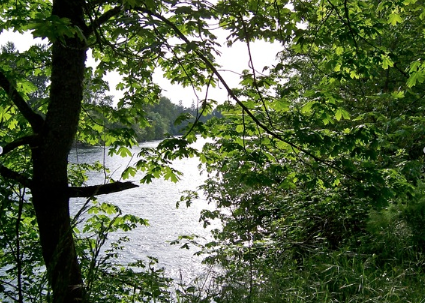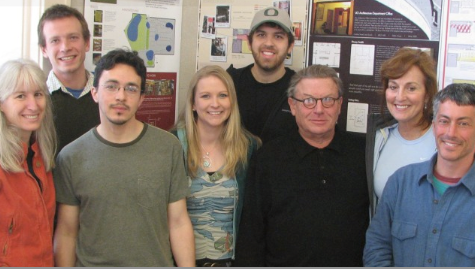via Allen Hancock and Connecting Eugene

After more than two years of hard work we have succeeded in keeping a large private office building and parking lot off the banks of the Willamette River! The Board of Higher Education recently approved a lease for an alternate site–a crucial decision virtually ensuring that the ORI building won’t be constructed on the riverfront. See recent articles in the Register Guard from July 2, July 7, and July 9 for details.
Connecting Eugene had been recommending this site for the ORI building for a long time because it not only protects the riverfront but it will also maximize collaboration between other tenants in the the Research Park and save taxpayer money because utilities and infrastructure won’t have to be extended. This is a win for everyone in Eugene!
As a community, we now have the opportunity to create a safe and convenient connection from the river bike path to the UO by way of the new Alder Street bicycle boulevard, protect the riparian zone, remediate polluted soils, and we can design a landscape that integrates with the neighboring EWEB redevelopment.
We couldn’t have done it without you! A big thank you to everyone who attended meetings, wrote e-mails or letters to the editor, chalked messages on the bike path, generously gave money, testified at city hall, helped proofread press releases, or simply gave us encouragement. And let’s give thanks to all the people who worked to protect this land in the 80s and 90s as well.
As wonderful as this news is, the future of the riverfront is still uncertain. The plan that guides riverfront development will expire in 2012 and UO President Lariviere has pledged to initiate a community-wide conversation on how this land should be used. When the time comes, we will need to make sure that the concerns of bicyclists and pedestrians be heard.
Until then, the student government (ASUO) has generously provided funds to bring speakers to Eugene who can offer examples of innovative riverfront design and engage the campus and wider community in imagining how the Willamette riverfront might best serve the University and residents of Eugene for many years to come.
We’ll keep you posted.

Allen Hancock, Paul Cziko and everyone involved with Connecting Eugene

 The City of Eugene is working on the repaving plans for Willamette St. including a section between 29th and 32nd. As many local riders know this is a major area of concern for cyclists and a missing link in our bike transportation infrastructure. Originally there were no plans for bike infrastructure in the designs but after concerns raised by GEARs members and the Eugene Bicycle and Pedestrian Advisory Committee (BPAC) the city updated the striping plan for this section. A report was given at last weeks BPAC meeting. The BPAC made recommendations on those plans which called for Southbound bike lanes to start about 50 feet from the 29th & Willamette and Northbound bike lanes from 32nd to about 200 feet before the intersection of 29th & Willamette. The BPAC felt that a major missing piece of the plan were sharrows where the bike lanes wouldn’t be leading all the way to the intersection. Here is the letter they sent to staff requesting some changes to the project:
The City of Eugene is working on the repaving plans for Willamette St. including a section between 29th and 32nd. As many local riders know this is a major area of concern for cyclists and a missing link in our bike transportation infrastructure. Originally there were no plans for bike infrastructure in the designs but after concerns raised by GEARs members and the Eugene Bicycle and Pedestrian Advisory Committee (BPAC) the city updated the striping plan for this section. A report was given at last weeks BPAC meeting. The BPAC made recommendations on those plans which called for Southbound bike lanes to start about 50 feet from the 29th & Willamette and Northbound bike lanes from 32nd to about 200 feet before the intersection of 29th & Willamette. The BPAC felt that a major missing piece of the plan were sharrows where the bike lanes wouldn’t be leading all the way to the intersection. Here is the letter they sent to staff requesting some changes to the project: